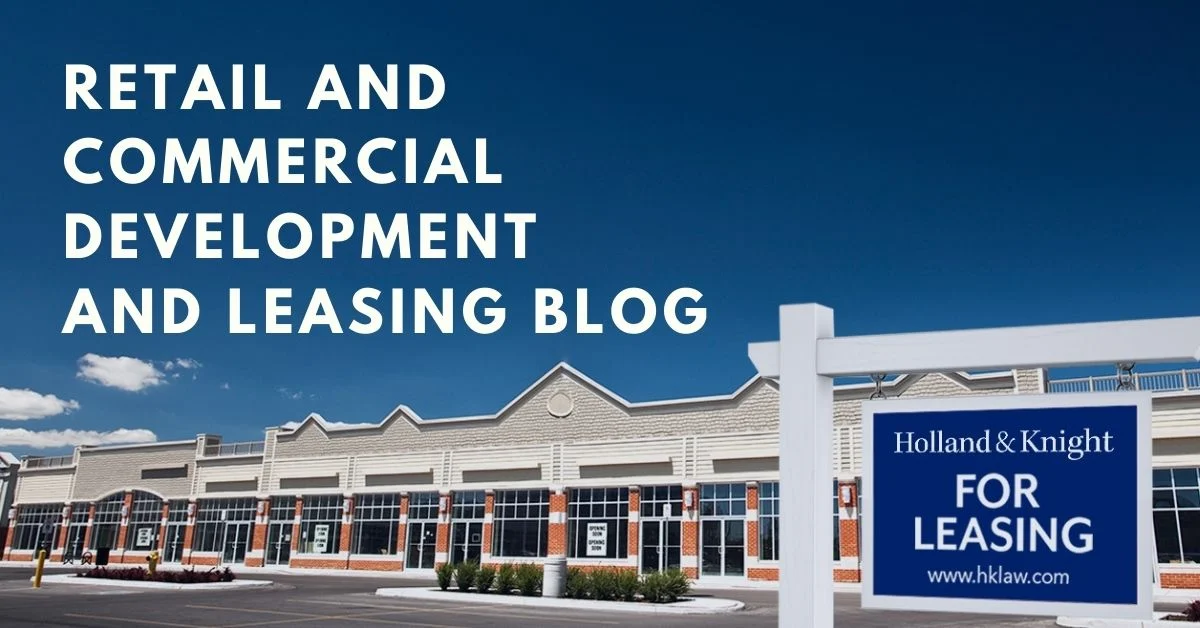Green Lending in Commercial Real Estate: Four Core Components of Green Loan Principles

Lenders and investors alike have become progressively concerned about climate change and the effect their lending and investment decisions may have on the environment. As such, they are seeking ways to reduce their carbon footprint to achieve environmentally beneficial outcomes while also meeting their investment objectives and financial returns.
To meet these concerns, green loans were introduced. A green loan is defined as "any type of loan instrument made available exclusively to finance or re-finance, in whole in part, new and/or existing eligible Green Projects." This includes term loans, revolving credit facilities and working capital facilities.
Green Loan Guidelines
With the growth of this loan product, it was necessary to establish guidelines specific to the green loan to ensure consistency across the wholesale green loan market. In March 2018, the Loan Market Association (LMA), together with the Asia Pacific Loan Market Association (APLMA) and the Loan Syndications and Trading Association (LSTA), published the Green Loan Principles (GLP) and Guidance on Green Loan Principles (GLP Guidance). An updated version of the GLP and the GLP Guidance were published in February 2021.
The GLP set out a framework of market standards and voluntary recommended guidelines to be applied by participants on a deal-by-deal basis that classifies the instances in which a loan may be categorized as "green." To qualify as a green loan, the loan must comply with the following four components of the GLP: 1) use of proceeds, 2) process for project evaluation and selection, 3) management of proceeds and 4) reporting. This also includes applying the loan's proceeds to an eligible green project such as, but not limited to:
- green buildings that meet regional, national or internationally recognized standards or certifications
- renewable energy, including production, transmission, appliances and products
- pollution prevention and control, including reduction of air emissions, greenhouse gas control, soil remediation, waste prevention, waste reduction and waste recycling
- environmentally sustainable management of living natural resources and land use, and
- climate change adaptation, including information support systems such as climate observation and early warning systems
It is important to note that a green loan may only be marketed or labeled as such if it complies with the GLP. The GLP provides that "[g]reen loans should not be considered interchangeable with loans that are not aligned with the four core components of the GLP." A loan party must indicate that the loan complies with the GLP; the fact that the loan is being used to finance an environmentally friendly project does not make it a green loan.
Summary of the Four Core Components
- Use of Proceeds. The fundamental basis of a green loan is the utilization of the loan proceeds, which must be generally applied to an environmentally friendly purpose. All green projects should provide environmental benefits that will be assessed and, where feasible, quantified, measured and reported by the borrower. The proceeds of a green loan may be used to finance a new green project or refinance existing debt on a green project.
- Process for Project Evaluation and Selection. In order for lenders to understand and assess the environmental attributes of a green loan, the borrower should clearly communicate 1) its environmental sustainability objectives, 2) the process by which the borrower determines how its project fits within an eligible green project and 3) the eligibility criteria it uses to identify and manage potentially material environmental and social risks associated with the proposed project.
- Management of Proceeds. The proceeds of a green loan should be credited to a dedicated account or tracked by the borrower in a way that maintains transparency and promotes the integrity of the loan product. In the case where a green loan takes the form of one or more tranches of a loan facility, each green tranche must be clearly designated, with proceeds of the green tranche credited to a separate account or tracked in the appropriate manner by the borrower.
- Reporting. The borrower should prepare a report and keep it updated with information on the use of proceeds to be renewed annually until fully drawn and as necessary thereafter in the event of material developments. The report should include a list of green projects to which the green loan proceeds were allocated, a brief description of each project, the amounts allocated to each project and the expected impact of each project.
For more information on green loans and the recommended guidelines, please reach out to the authors.
More Blogs in This Series
Part 1 - Green Lending in Commercial Real Estate: Four Core Components of Green Loan Principles (You are currently reading Part 1)
Part 2 - Going Green in Commercial Real Estate: Aim for a Zero-Emissions Building Standard
Part 3 - Renovating Existing Commercial Real Estate Building to Become Green
Part 4 - Cities Are Going Green Through Sustainable Real Estate
Part 5 - An Introduction to Property Assessed Clean Energy Financing
Part 6 - Inflation Reduction Act Offers a Variety of Green Building Tax Incentives
Part 7 - Inflation Reduction Act of 2022: Business Energy Investment Tax Credit
Part 8 - Inflation Reduction Act of 2022: The Newly Added Renewable Electricity Production Tax Credit
Part 9 - Inflation Reduction Act of 2022: Prevailing Wage and Apprenticeship Provisions
Part 10 - Energy Star and LEED Certifications - What's the Difference?
Related Insights

